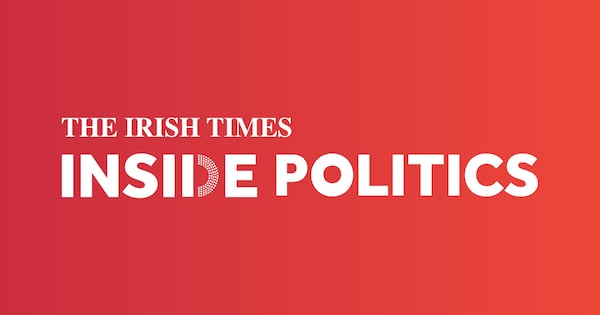Days before the Government unveiled its revised National Development Plan (NDP) in July, it emerged there was still disagreement on funding for defence.
Behind the scenes there had been a row for weeks over how much money should go to the military.
For decades military spending had been a low political priority, leaving the country with the lowest defence expenditure in the European Union.
In recent years the situation deteriorated considerably. Barracks were closed following the peace agreement in Northern Ireland and troop numbers fell well below official establishment levels.
READ MORE
Operationally, the State did not have aircraft to police its skies and a lack of undersea surveillance capabilities meant it did not know what was happening under its waters where critical cables and gas pipelines were located.
In a speech after becoming Fine Gael leader in March last year, Simon Harris argued that Ireland’s traditional neutrality did not excuse complacency on defence issues.
Two years earlier the Government had agreed to increase defence spending to €1.5 billion by 2028 (at 2022 prices) to reach a midpoint – known technically as Level of Ambition (LOA) II – in the scale of investment recommended by an independent commission. After that, the Government agreed to move on to a higher level of military capability known as LOA III.
Mr Harris argued in the speech at the Royal Irish Academy (RIA) for greater resources for the Defence Forces.
The opportunity would arise with the Government’s review of the NDP where billions from windfall corporation taxes and the Apple taxation case would be allocated.
Between 2020 and last year the State had provided €828 million in capital funding for defence.
However, given the current geopolitical security environment, the Department of Defence wanted much more.
Mr Harris sought nearly €3.4 billion between 2026 and 2030 – ranging from €450 million in capital spending next year to €850 million in 2029 and 2030.
His proposal to the NDP review said this would facilitate key strategic projects including military radar and intelligence, surveillance and reconnaissance systems as well as armoured vehicles for the Army.
It would provide additional capabilities for the Air Corps including a strategic-reach jet, new helicopters and trainer aircraft as well as equipment for the Naval Service for underwater surveillance “to protect vital infrastructure such as undersea cables”.
Significant sums were also sought to develop Defence Force infrastructure. It suggested upgrading the Air Corps base at Baldonnel, Co Dublin, would cost €218 million and bill for the reconfiguration of Cathal Brugha Barracks in Rathmines, Dublin, would be about €180 million.
Similar costs were expected for developments at the Curragh, Co Kildare, and Haulbowline naval base in Co Cork.
The Department of Defence proposal maintained that “the world order is changing” and argued Ireland must be in a position, with the corresponding capabilities, to act as a trusted security partner and a responsible and good neighbour.
However, briefing notes prepared for Tánaiste Mr Harris, who is Minister for Defence, for a meeting with Minister for Public Expenditure Jack Chambers in June showed the defence proposals were strongly resisted.
These indicated that the Department of Public Expenditure would go no higher than €230 million in capital funding a year to 2030.
Mr Harris’s notes contended this would see defence capabilities going backwards and the Government’s LOA commitments from 2022 being downgraded.
“It is simply not credible to state that an annual capital allocation of €220 million is sufficient to maintain existing capabilities in a context where the rest of Europe is moving to 3.5 per cent GDP defence spend, having consistently spent almost 2 per cent GDP over the last decade – while Ireland’s defence spend languishes at 0.2 per cent GDP,” the notes stated.
“There is not an independent expert in Europe who would stand by such an assessment, and to suggest it in the current geopolitical security environment is quite shocking.”













